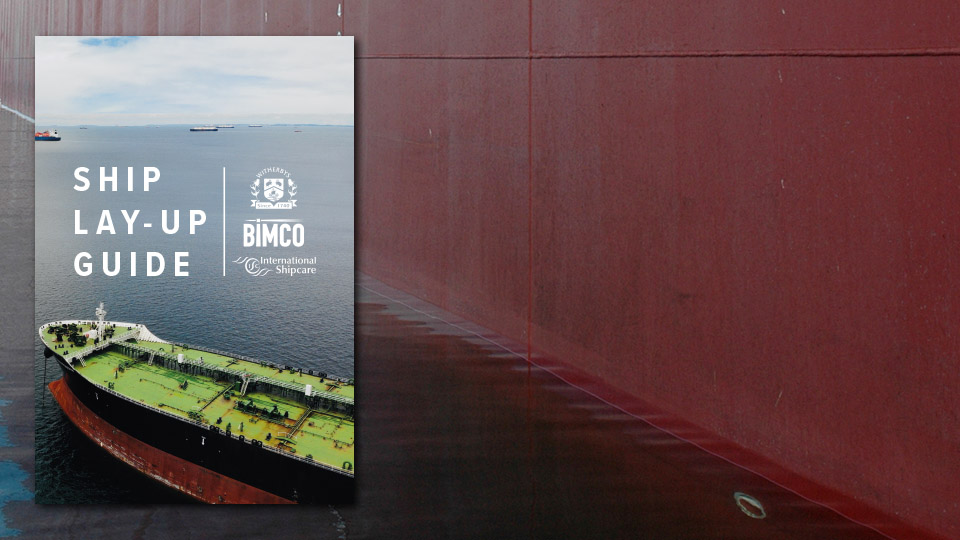Caution required when using nautical charts of Arctic waters
Overview
Due to the significant limitations of Arctic charting, all mariners in Arctic waters are required to plan any prospective voyages well in advance to understand their environment, and to exercise extreme caution when on the water, in order to minimise the associated high levels of risk.
Caution is equally essential when navigating with Electronic Navigational Charts (ENC), as these official digital charts are based on the same limited or insufficient data as the official paper or electronic equivalent charts.
BIMCO have received the following information from the Arctic Regional Hydrographic Commission (ARHC) regarding applying caution when using nautical chart covering arctic waters:
As members or associate members of the Arctic Regional Hydrographic Commission (ARHC) and as Member States of the International Hydrographic Organization (IHO), the government Hydrographic Offices of Canada, Denmark, Finland, Iceland, Norway, the Russian Federation, and the United States of America wish to highlight the significant limitations and risks associated with marine navigation in the Arctic.
While official nautical charts are produced by government hydrographic offices and are based on the latest information available, substantial areas still rely on limited, outdated, or insufficient depth and other data.
Due to the significant limitations of Arctic charting, all mariners in Arctic waters are required to plan any prospective voyages well in advance to understand their environment, and to exercise extreme caution when on the water, in order to minimise the associated high levels of risk. Caution is equally essential when navigating with Electronic Navigational Charts (ENC), as these official digital charts are based on the same limited or insufficient data as the official paper or electronic equivalent charts.
Navigating outside areas supported by modern or adequately surveyed data, and without advanced and comprehensive voyage planning, ice experience, knowledge, and precautions, can result in the loss of human life and severe damage to property and the environment.
To fulfil the relevant requirements of demonstrating that they have recognised and mitigated the risks, as well as exercised due diligence in the operation of their vessels, all mariners and ship operators should take note of the warnings set out here and in other references, including in the International Code for Ships Operating in Polar Waters (The Polar Code).
Interested readers are encouraged to contact the IHO Secretariat (info@iho.int) or the Hydrographic Offices of the ARHC Member States with any comments or feedback, as part of the efforts of the Arctic hydrographic community to improve safety of navigation and operations in the region.
Further references:
- IMO Polar Code text
- Impact of the IMO Polar Code on NCWG Activities and IHO specifications
- Arctic Regional Hydrographic Commission
- Risk Based Methodology for Assessing Arctic Charts
Feedback or a question about this information?
VPS Bunker Alerts
Veritas Petroleum Services (VPS) publish regular Bunker Alerts based entirely on fuel samples and have kindly permitted BIMCO’s Members to access this information.
The Bunker Alerts are not intended to be an evaluation of overall bunker quality in the port or area concerned, but usually highlight a specific parameter within the fuel which has raised a quality issue.
Latest ice reports for members
Latest piracy reports
Latest industry releasable threats
ELSEWHERE ON BIMCO
Contracts & Clauses
All of BIMCO's most widely used contracts and clauses as well as advice on managing charters and business partners.
Learn about your cargo
For general guidance and information on cargo-related queries.
BIMCO Publications
Want to buy or download a BIMCO publication? Use the link to get access to the ballast water management guide, the ship master’s security manual and many other publications.
About a new business partner
We can help members check new business partners. We also help to recover millions of USD (undisputed) funds every year.




